-
Welcome to 4Runners.com!
You are currently viewing as a guest! To get full-access, you need to register for a FREE account.
As a registered member, you’ll be able to:- Participate in all 4Runner discussion topics
- Transfer over your build thread from a different forum to this one
- Communicate privately with other 4Runner owners from around the world
- Post your own photos in our Members Gallery
- Access all special features of the site
DIY Chase Lights
Discussion in 'Lighting' started by Cis915, Feb 2, 2024.

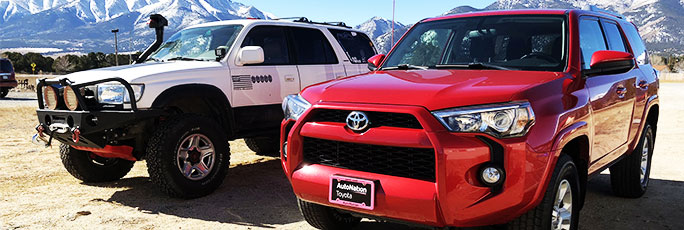
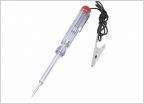 Multi-meter question
Multi-meter question DIY 2010-2013 Headlight Retrofit
DIY 2010-2013 Headlight Retrofit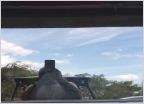 03 3rd Brake Light In The Wing
03 3rd Brake Light In The Wing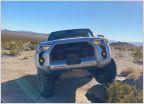 Change DRL lights to amber?
Change DRL lights to amber?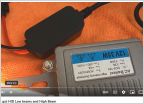 Let's talk about headlights...
Let's talk about headlights... OEM LED Headlight Bulb Replacement
OEM LED Headlight Bulb Replacement








